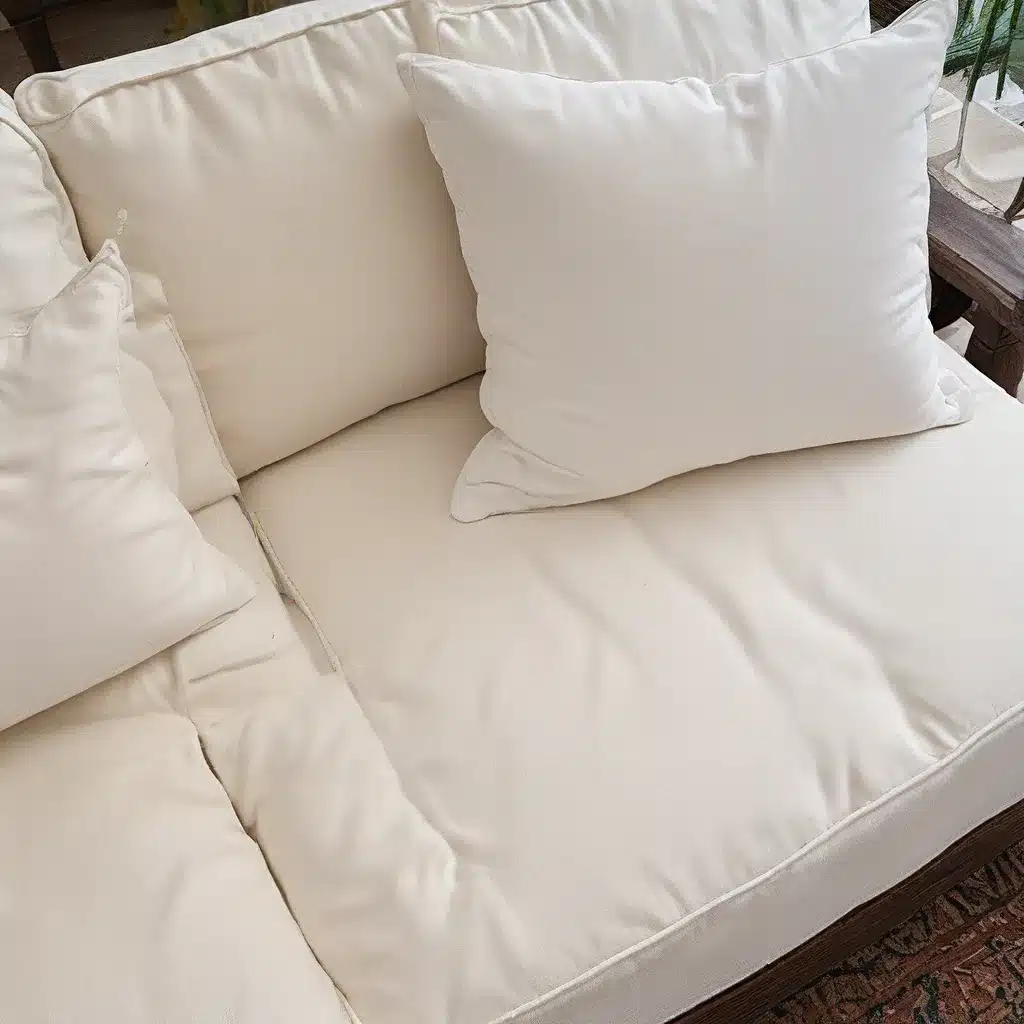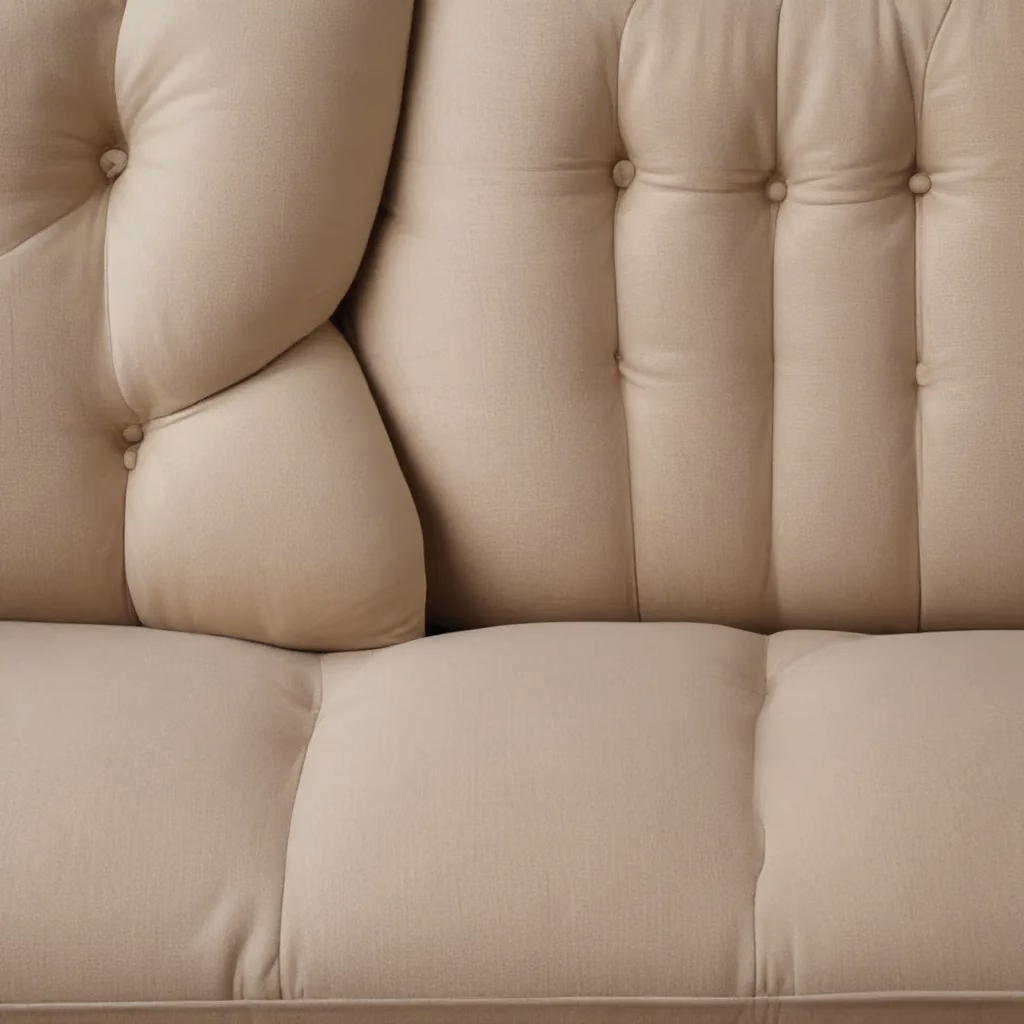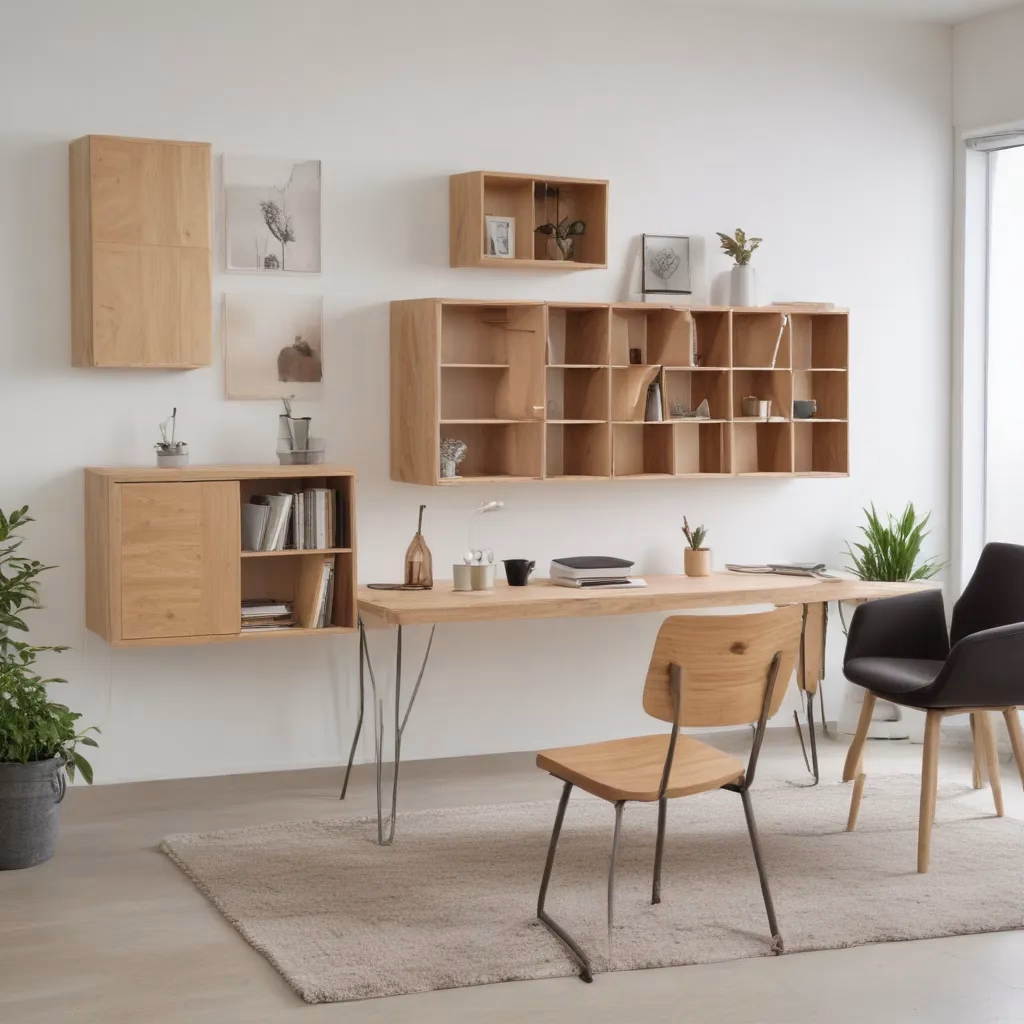
The Cushion Conundrum: A Saga of Sinking Seats and Sagging Backrests
Ah, the humble sofa cushion – that unassuming yet oh-so-crucial component of our beloved living room centerpieces. Who would have thought these plump, pillowy marvels could cause us such consternation? But alas, the curse of the sliding, shapeless cushion is one that plagues many a sofa-owner.
I know this plight all too well, my friends. Picture the scene: you settle into your favorite spot, only to find your backside steadily sinking into the abyss as the cushions conform to your every movement. Or how about when you return to your seat after a brief trip to the kitchen, only to find your once-fluffy lumbar support has morphed into a sad, flattened pancake. The indignity!
But fear not, weary sofa-sitters, for I have uncovered the secrets to vanquishing these cushion conundrums once and for all. As the owner of Sofa Spectacular, a custom sofa company in the UK, I’ve seen it all. And after years of research, trial, and yes, even a few tribulations, I’ve assembled a comprehensive guide to keeping your cushions firmly in place and in tip-top shape.
Unzipping the Mystery: The Hidden Cushion Hack
Let’s start with a revelation that shook me to my very core when I first discovered it: the humble zipper. That’s right, my friends – the key to conquering cushion calamity may very well be hiding right under your nose (or, more accurately, the seat of your sofa).
You see, many modern sofas come equipped with a hidden zipper at the base of the cushions, allowing you to access the inner workings with ease. As one savvy blogger put it, “Theres a hidden zipper at the bottom of the cushion that has been escaping my notice for four years.”
Now, I know what you’re thinking – how could such a simple solution have eluded us for so long? Well, the truth is, these zippers are often well-concealed, tucked away and forgotten about amidst the various folds and crevices of the sofa. But once you know where to look, it’s a game-changer.
Simply unzip that sucker, and you’ll have access to the cushion’s innards. From there, the possibilities are endless! You can fluff and refill the cushion’s stuffing, replace worn-out foam, or even add extra padding for a firmer, more supportive seat. It’s a veritable treasure trove of cushion-reviving potential, just waiting to be unlocked.
Foam, Feathers, and Fiber: Choosing the Right Cushion Stuffing
Of course, simply accessing the cushion’s interior is only half the battle. Once you’ve got that zipper open, you’ll need to decide what sort of stuffing or filling will best suit your needs. After all, not all cushion materials are created equal.
The most popular choice, as one source notes, is “foam wrapped with batting.” This combination provides a sturdy, supportive base while also offering a soft, comfortable surface. Polyurethane foam, in particular, is a go-to for its affordability and durability.
But foam isn’t the only option. Some sofa-owners prefer the plush, luxurious feel of feather-filled cushions, while others swear by polyester fiberfill for its ability to hold its shape. And let’s not forget about the versatile batting – a layer of this soft, wooly material can work wonders for softening the edges and adding extra cushioning.
When it comes to choosing the right stuffing, it really comes down to personal preference and the specific needs of your sofa. Do you prefer a firmer, more supportive seat, or a plush, sink-right-in kind of cushion? Are you looking to revive sagging cushions, or simply want to add a bit of extra comfort? Experiment with different materials and density levels until you find the perfect formula.
The Art of Fluffing and Flipping
Now, even with the ideal cushion stuffing in place, there’s still one crucial element to maintaining those seats in tip-top shape: the humble art of fluffing and flipping.
I know, I know – it sounds almost too simple to be true. But trust me, this simple ritual can work wonders for keeping your cushions looking and feeling their best. Think of it as giving your sofa a little daily massage, gently coaxing the stuffing back into its proper position and smoothing out any unsightly lumps or divots.
As that savvy blogger mentioned, “Until now This is the best tip I never thought of… Heres how to fix sagging couch cushions in the easiest simplest way you can imagine.” And she’s right – it really is that simple.
Just take a few moments each day (or, let’s be honest, each time you plop down on the sofa) to give those cushions a good fluff and flip. Gently press down on the seat, then lift up and give it a good shake to redistribute the stuffing. Repeat this process for the back cushions, smoothing and fluffing as you go.
You’d be amazed at the difference this little ritual can make. Suddenly, those once-sagging, shapeless cushions will spring back to life, providing the perfect balance of support and softness. It’s like a mini makeover for your sofa – no reupholstering required!
Keeping Cushions in Place: The Battle Against Slide and Slump
But alas, even the most perfectly plumped and fluffed cushions aren’t immune to the scourge of sliding and slumping. Whether it’s due to a slippery fabric, overzealous pets, or just the natural wear and tear of everyday use, those cushions have a pesky habit of migrating all over the place.
One solution is to employ the power of friction, using non-slip pads or strips beneath the cushions to keep them firmly in place. You can also try velcro or snap-on fasteners to secure the cushions to the sofa frame – a simple but effective tactic.
And don’t forget the old-fashioned method of the tucked-in cushion cover. By ensuring a snug, secure fit between the cushion and its casing, you can minimize that pesky sliding and shifting. Just be sure to avoid anything too tight or restrictive, as you still want those cushions to maintain their plush, comfortable appeal.
Of course, the best way to keep cushions from sliding is to address the root cause – the sofa itself. When selecting a new custom sofa from Sofa Spectacular, be sure to look for features like textured fabrics, built-in cushion anchors, or even reversible cushions that can be flipped to prevent wear and tear.
Embracing the Ebb and Flow: Accepting Cushion Changes
Now, I know what you’re thinking – with all this talk of fluffing, flipping, and fastening, maintaining perfect cushions must be a never-ending battle. And to a certain extent, you’d be right. The reality is, cushions are dynamic creatures, constantly evolving in response to our daily use and the natural forces of gravity.
But that doesn’t mean we have to see it as a losing fight. Instead, we should embrace the ebb and flow of cushion life, celebrating the small victories and finding joy in the process of keeping them in tip-top shape.
After all, a little bit of cushion caretaking can actually be quite meditative and satisfying. Taking those few moments each day to fluff and flip, to smooth and shape, can be a soothing ritual that connects us to our living spaces in a meaningful way. It’s a chance to slow down, be present, and appreciate the little things that make our homes so special.
And let’s not forget the sense of accomplishment that comes with conquering those cushion conundrums. Imagine the pride you’ll feel when guests marvel at the plump, perfectly-placed cushions adorning your sofa – all thanks to your diligent efforts. It’s a small triumph, to be sure, but one that can bring a smile to your face every time you sink into that cozy seat.
So, my fellow sofa-sitters, let’s raise a toast (or perhaps a fluffed-up throw pillow) to the humble cushion and all the joy it can bring. With a little bit of care and attention, we can keep those seats in pristine condition, ensuring comfort, style, and a sense of home that lasts for years to come.



